10 Chinese Art Forms That Have Survived Generations
Ancient Chinese folk painting and many other art styles have been passed down from generation to generation, and are still practised in different parts of China. Here’s a look at 10 unique Chinese folk art forms.
1. 琴棋书画 Lyre-playing, Chess, Calligraphy and Painting
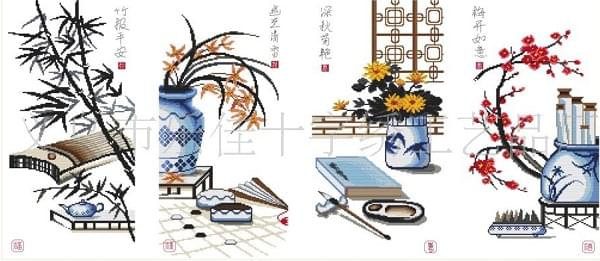
In ancient China, lyre-playing, chess(Go), calligraphy and painting are must-have self-cultivation skills for scholars and poets (including daughters of noble families). Guqin is one of the oldest plucked instruments in China. Go originated from China. Calligraphy is a traditional Chinese art. Ink and wash painting is also unique in China. These four art styles reflect Chinese long history and traditional culture.
2. 戏曲 Chinese Opera
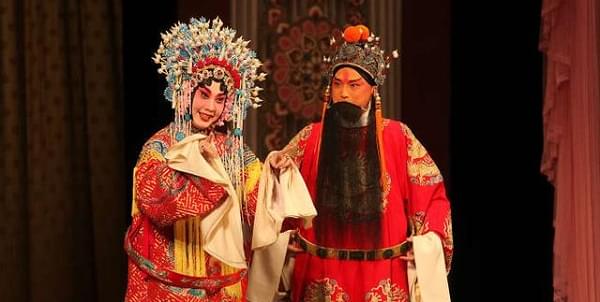
Chinese Opera is the traditional form of Chinese drama. According to incomplete statistics, in China’s various ethnic regions there are about more than 360 kinds of operas. The most famous ones include Peking Opera, Kunqu Opera, Yueju Opera, Yuju Opera, Sichuan Opera, Fujian Opera, Hebei opera, Huangmei Opera… in total more than 50 of them. Among which Peking Opera is the most popular one in the country.
3. 皮影戏 Shadow Play
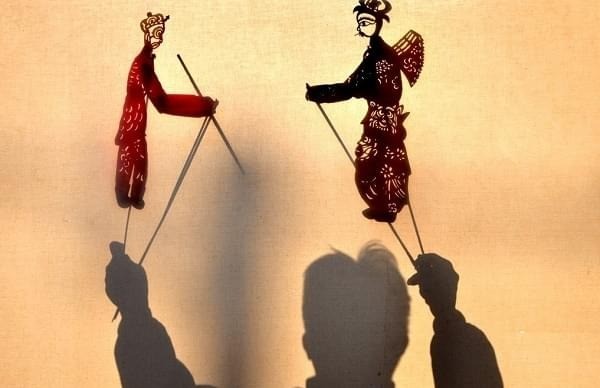
Shadow Play could be dated back to Western Han Dynasty in Shaanxi, which is more than 1000 years ago.The moving figures, usually carved out from leather, are manipulated by folk artists, accompanied by music and singing. It is the world’s first dubbed motion picture art form, hence some people think that shadow play is the “ancestor” of modern film. Today this art form is still popular in northern China.
4. 剪纸 Paper Cutting
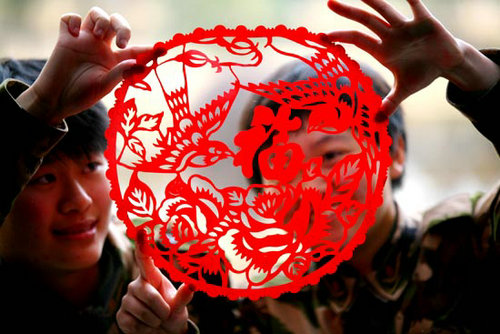
Paper-cutting is one of the most popular traditional decorative arts in China and has a long history. Paper-cutting can be seen across the country and it even developed into different local genres. They are usually used to decorate gates and windows during festivals.
5. 泥塑艺术 Clay Sculpture
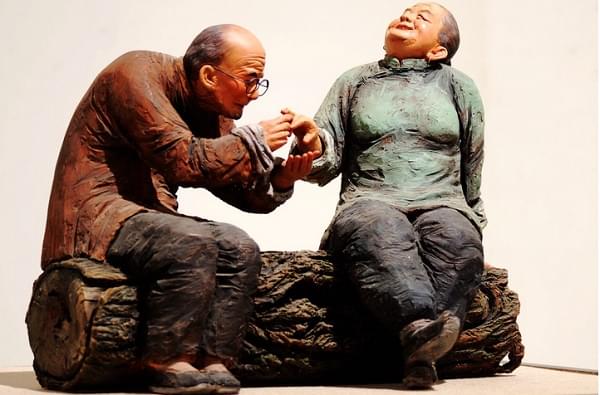
Clay Sculpture is an ancient Chinese folk art in which clay can be used as raw material and kneaded by hand to take form. animals. They are plain in color or multi colored and mainly take the shape of human figures and animals. China’s clay sculpture can be traced back to 4,000 to 10,000 years ago during the Neolithic Age. The most famous clay sculpture styles include Tianjin’s “Clay Figure Zhang”, Huishan clay figurine and Dunhuang clay sculpture. Today, clay sculpture is a concrete reflection of Chinese people seeking to return to nature.
6. 编织工艺(中国结)Weaving Technology (Chinese knot)

Weaving technology has a long history in China. Fine weaving household items already appeared as early as a thousand years ago in the Liao Dynasty. After the Qing Dynasty, various weaving items could be found in all fields of life, the knitting materials range widely from wicker, rattan, sorghum straw, bamboo, metal and so on. Among different forms of items, Chinese knot is more well known to foreigners, it is a decorative handicraft art which is full of auspicious wishes.
7. 木偶 Puppet Show
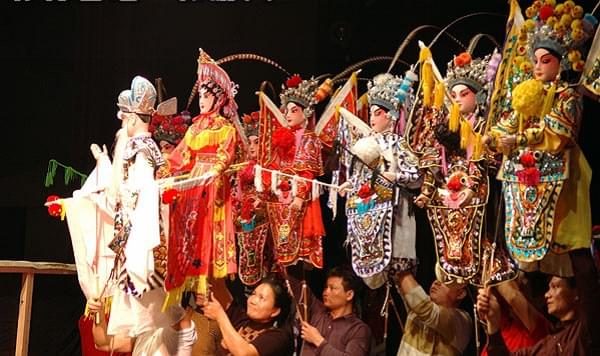
Puppet art has a long history in China, the first puppet may be related to the funerary figurines in the slave society. The Puppet Show is a form of opera which is manipulated by the artist. The puppet opera originated in the Han Dynasty. Today, puppet shows can be found in different parts of China. The most famous regional shows consist of western Liaoning, Zhangzhou bag puppet show, Quanzhou puppetry show, Jinjiang bag puppet show and Shaoyang bag puppet show.
8. 杂技 Acrobatics
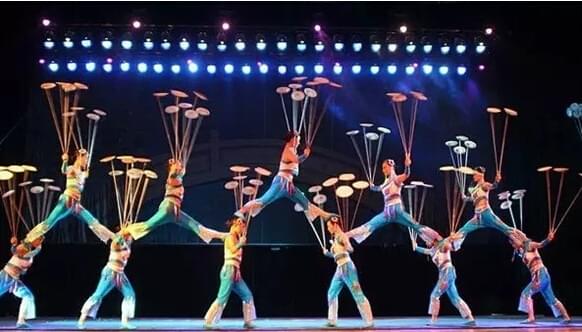
China’s acrobatics formed in Han Dynasty. Chinese acrobatics has a strict introversion, each skill is passed down from generation to generation, Wuqiao County in Hebei Province of northern China is the famous acrobatics town. In big cities such as Shanghai and Beijing there are acrobatic shows available every night.
9. 风筝 The Kite
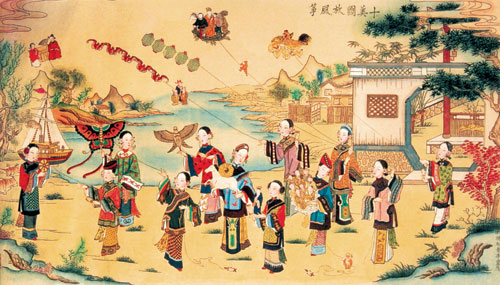
The Kite was invented by Chinese people. According to legend the earliest kite in the country was a wooden bird by Mo Di in the Eastern Zhou dynasty. Later his student Lu Ban improved the tech and used bamboo as material to make kite. Today, various kite-flying activities can be found in different regions of China. Shandong Weifang Kite Festival is held every year and attracts lots of kite lovers and travelers.
10. 舞龙舞狮 Dragon and Lion Dance
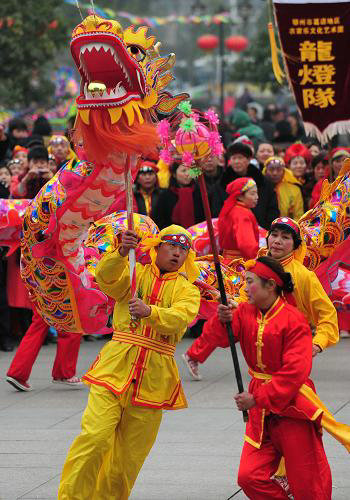
Dragon and lion dance is an outstanding folk art in the country, Dragon and lion dance is usually used to add fun during the Lantern Festival. This custom originated in the Three Kingdoms period and became popular in the Northern and Southern Dynasties. Chinese folk tradition believes that dragon and lion dance can expel evil spirits and safeguard life. Therefore, Chinese will perform dragon and lion dance during big festivals and celebrations.

